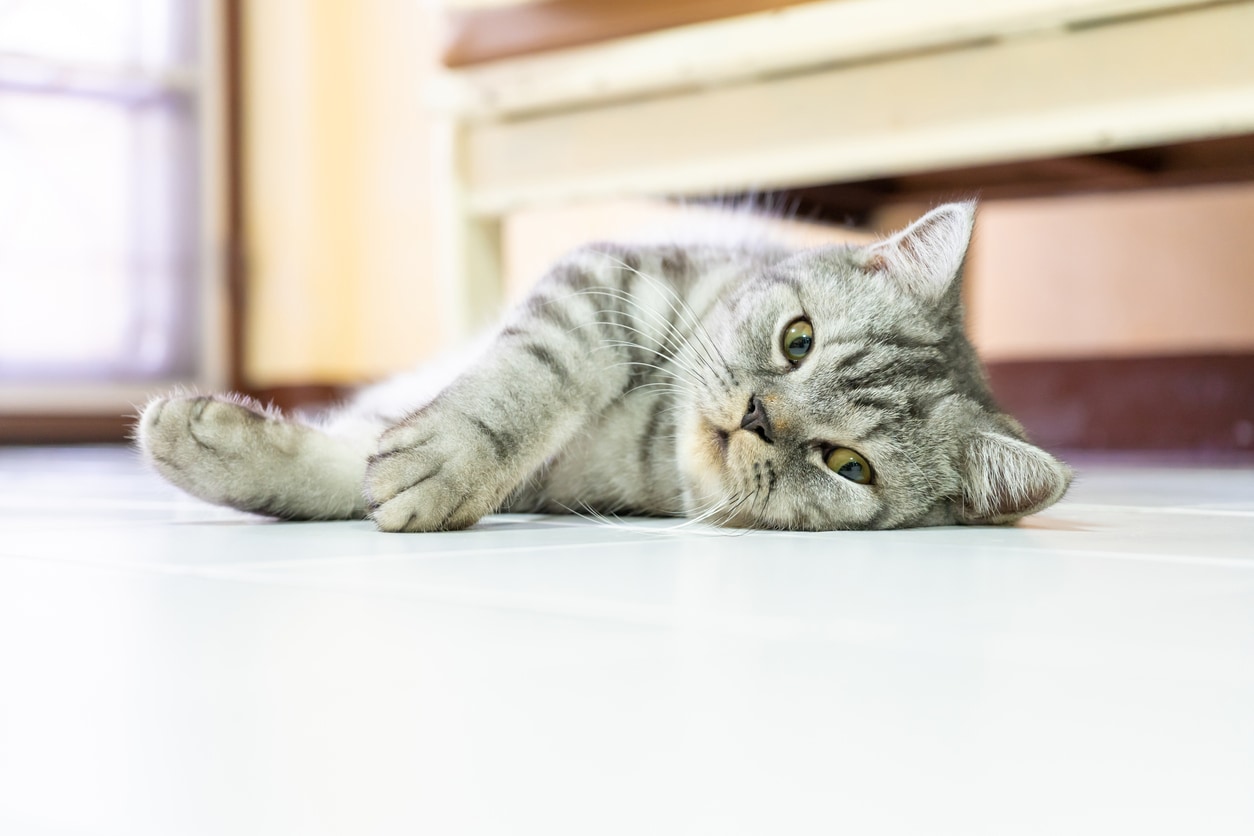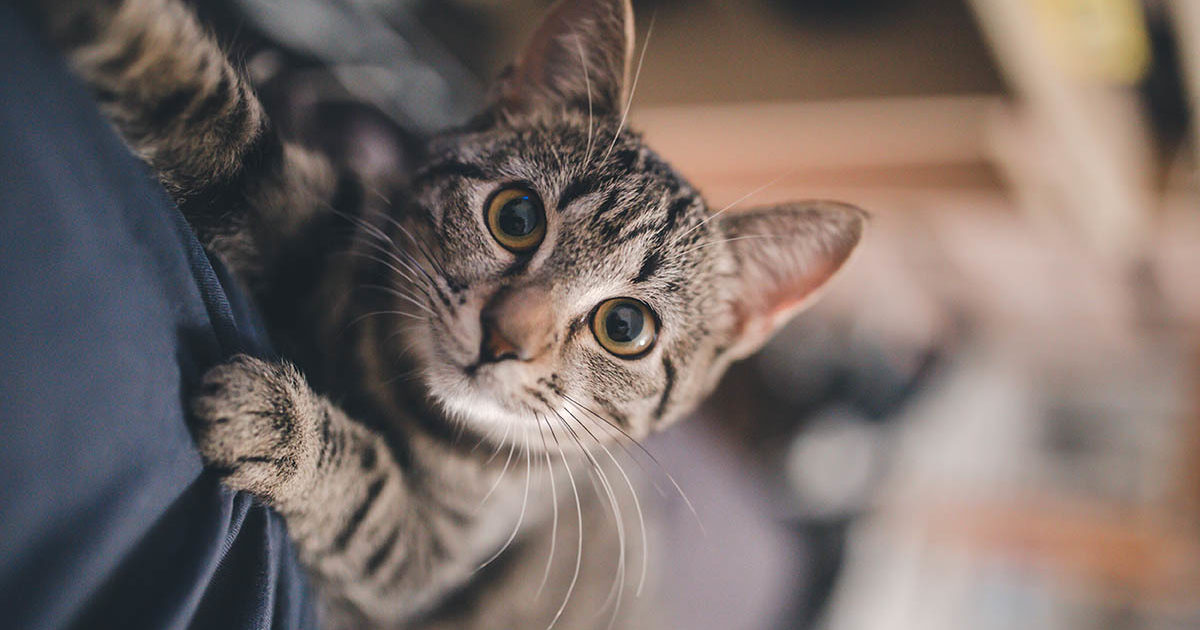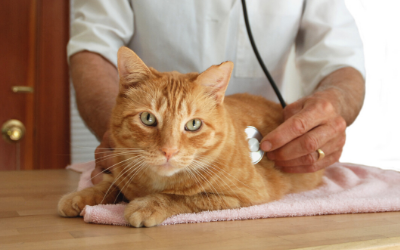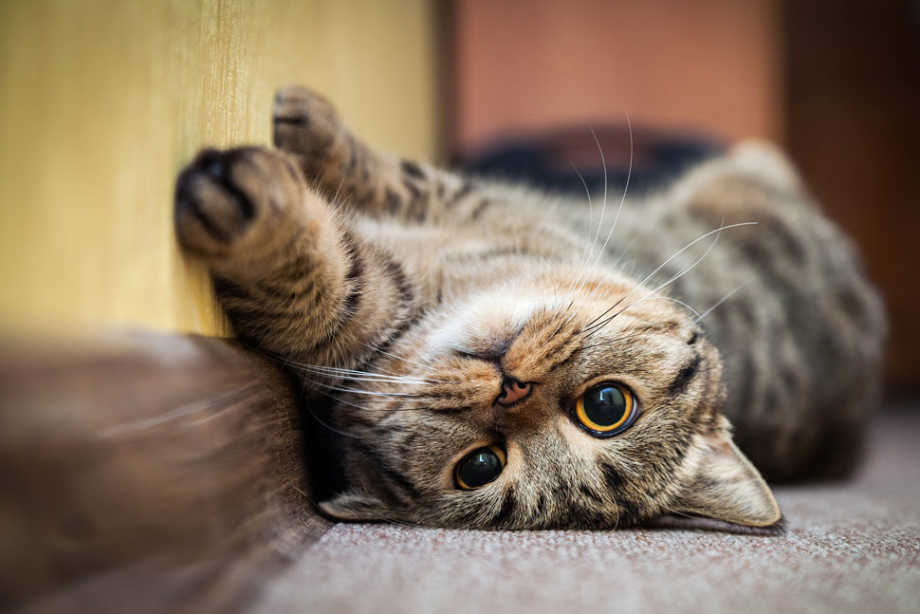neurological disorders in cats back legs
Dragging of the back legs or front legs. A spinal cord injury can cause loss of feeling and paralysis below the.

Neurological Disorders In Dogs Conditions Solutions Walkin Pets Dog Activities Dog Shaking Pet Blog
An abnormal gait which often appears as a goose-step involving the front legs.

. Degenerative disease of the backespecially of the lower back which is called the lumbosacral areais a neurological disorder involving the joint. An affected cat says Dr. Back disease in dogs and cats.
Idiopathic facial paralysis is a common disorder that results in weakness or paralysis of the facial muscles in cats. Neurological problems with cats are not uncommon especially as they get older. 13 hours agoPet Talk.
Dewey may suddenly flop down and flail around. The effects of an injury on sensory and motor functions depend on its location and severity. Since the felines nervous system controls all of its coordinated conscious automatic and digestive responses the symptoms presented by nerve disorders are varied and may include all of or some of the following.
Domestic longhaired cats are at increased risk. Others may develop due to environmental factors such as toxic reactions trauma and injury. Cerebellar degeneration in cats is a brain disease that affects a specific area of the brain known as the cerebellum.
The neurological diseases which affect cats can be infectious inflammatory metabolic vascular and degenerative. Front legs rigid and hind legs flexed. Did you know that cats can also suffer from epilepsy and seizures just like their human.
It is reported more commonly from the United Kingdom than from other countries at least more often than the US. Diabetes organ failure and neurological problems can cause the gradual weakening of a cats rear legs. IT Vendor Management Service.
The two most common neurological issues in cats are related to epilepsy and vestibular syndrome. It may walk in circles. Plus signs to look out for and when to take your cat to the vet.
Meningitis is when the. There are a variety of neurological disorders that can affect your cats brain. Loss of muscle tonemuscle atrophy.
Signs typically begin at 3 to 7 years of age and may include weakness incontinence and difficulty using the hind legs. Reluctance or refusal to use its litter box. The cause is unknown.
The primary signs of nervous system disorders include behavioral changes seizures tremors pain numbness lack of coordination and weakness or paralysis of one or more legs. Cats can also develop weak and wobbly legs due to injurytrauma or falling from a height. IT Support Helpdesk Services.
And a noticeable change in its gait and apparent sense of balance. Symptoms of cerebellar degeneration in cats include. The cause is unknown.
It is rare in cats. There is a sudden onset of an inability to blink one or both eyes drooping ears drooping upper lip and drooling from the corner of the mouth. Osteoarthritis is the most common cause of back leg stiffness in cats aged 10.
Neurological disorders in cats involve the nervous system and the brain. Certain neurological disorders are genetically predisposed. According to Dwight Alleyne a veterinarian at Acres Mill Animal Hospital in Canton Georgia the three main areas affected by canine neurological disorders are the brain spinal cord and nerves.
Types of Feline Neurological Disorders Epilepsy and Seizures. Since cats suffering from neurological disorders exhibit unusual symptoms pet owners often fail to recognize these. Denneks IT Consulting Service.
Degenerative lumbosacral stenosis is a disorder of the vertebrae in the lower back that causes compression of the nerve roots. Well cover seizures in older cats epilepsy brain tumors and strokes. While some disorders cause minor symptoms others can have serious consequences to your.
The signs that your cat may be suffering from a neurologic disorder include. Dysautonomia is a disorder of the autonomic nervous system that can affect both dogs and cats but is much more common in cats. Remote Monitoring and Maintenance Service.
They can be the result of acquired diseases trauma genetic inheritance and other causes some of which are idiopathic. Slow or no reflexes. Your cats nervous system is complex consisting of the brain and spinal cord as well as the peripheral nervous system.
Meningitis and encephalitis are two very serious brain conditions. Leg paralysis or weakness. In this post well take a look at some of the more common neurological disorders your cat may develop.
Why is my cat wobbly on his back legs. Altering the way it interacts with its owner and others. Brain disorders in cats are neurological conditions that can have a variety of causes.

Neck And Back Pain In Cats Petmd

Paralyzed Kitten Muffin Survives Risky Surgery Kitten Survival Cats
+in+Cats+_+ASPCA+Pet+Health+Insurance+_+cream+and+white+tabby+cat+with+a+blue+tag+and+green+eyes-min.jpg)
What Is Intervertebral Disc Disease Ivdd In Cats Aspca Pet Health Insurance

What Is Cerebellar Hypoplasia Kitty Cat Chronicles Natural Pet Care Cat Fleas Fleas

Ataxia In Cats Loss Of Balance In Cats Petmd

Cat Limping Possible Causes And What To Do Veterinary Specialists Of The Rockies
/CatIVDD-beabc2714f9b48e1a873c8774c88b1fa.jpg)
How To Treat Intervertebral Disc Disease In Cats

Lameness Limping In Cats Symptoms And Treatment Firstvet

Neurological Disorder In Cats A Helpful Guide Canna Pet

Cat Mobility Loss Causes And Solutions Cat Wheelchair Feline Mobility

Neurological Disease Cat Bishops Stortford Vets

Why Are My Cat S Back Legs Not Working Weak Wobbly And Stiff

Cute Rescue Cerebellar Hypoplasia Kitty Mario What Anyone Calls Me Super Cute Cats Cats Furry Friend

Kitten Brothers Both Born With Just 2 Legs Share An Incredible Bond Love Meow Animal Rescue Stories Kitten Clever Animals

Neurological Disease Cat Bishops Stortford Vets

Ataxia In Cats Vca Animal Hospitals

A Woman Took A Chance On A Ginger Cat With Deformities And Was Determined To Turn His Life Around Despite The Odds Meet B Buy A Kitten Kitten Care Cat Adoption

Seizures In Cats Small Door Veterinary

Flynt Le Chaton Paralyse Retrouve Miraculeusement L Usage De Ses Pattes Cats Kitten Animals